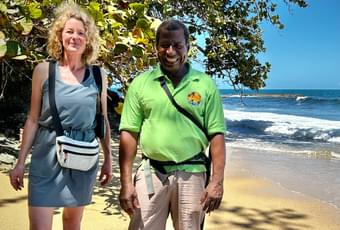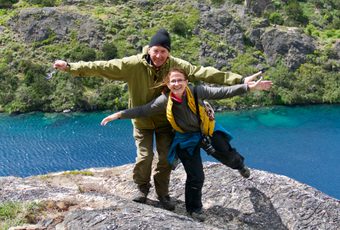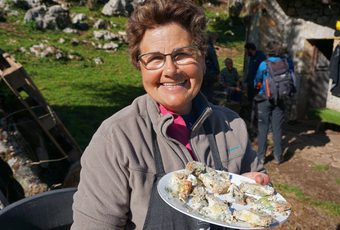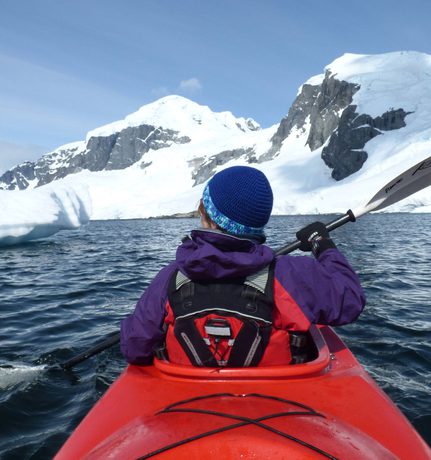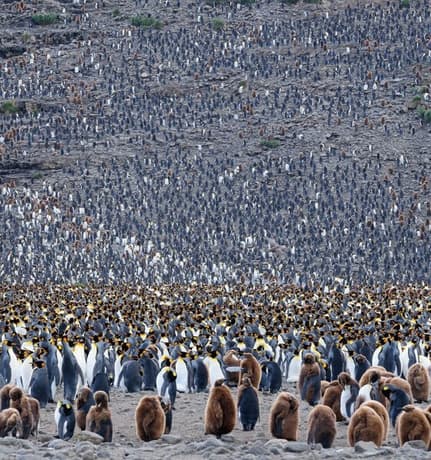Price From
Guide Price
Per person excluding international flights, based on two sharing a room.
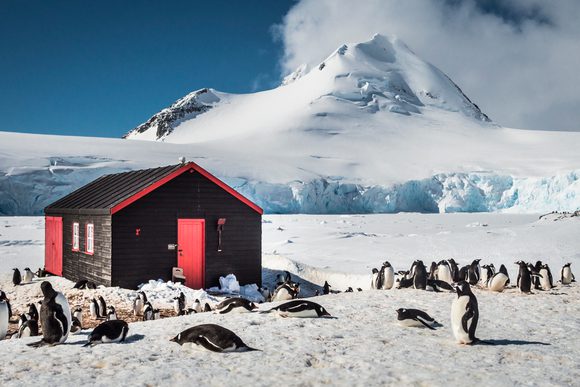
Explore the greatest of great outdoors in Patagonia and Antarctica...
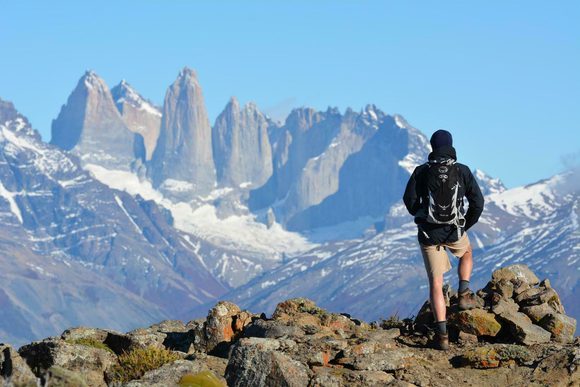
... With memorable hikes, activities and wildlife at each turn

Explore Torres del Paine from a working estancia base...
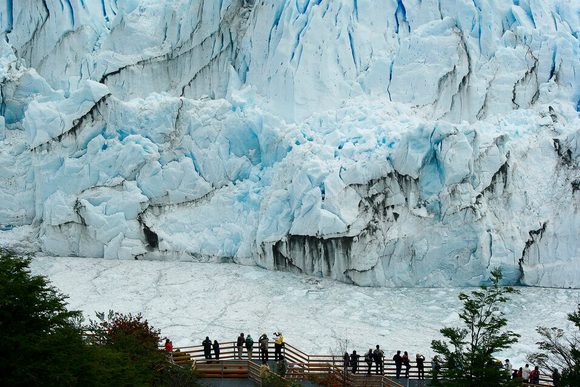
Visit the world-famous Perito Moreno Glacier...
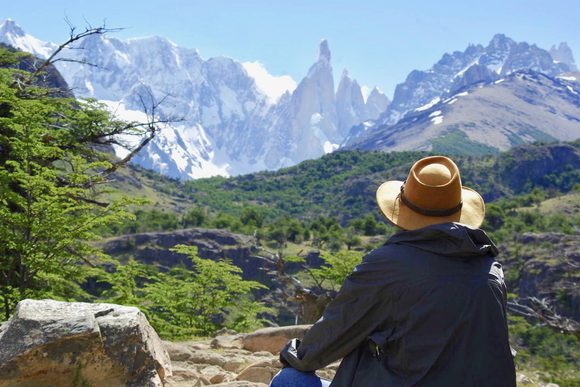
Walk amid forests, mountains and glacial lagoons...
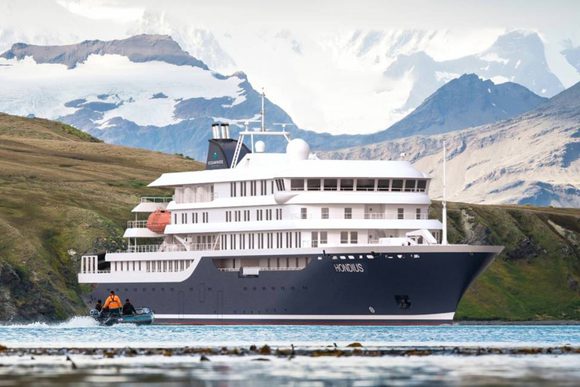
... Then set sail to Antarctica on a specialist active cruise
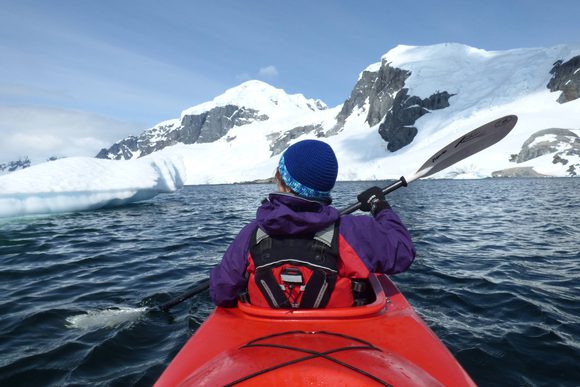
Memorable activities include kayaking...
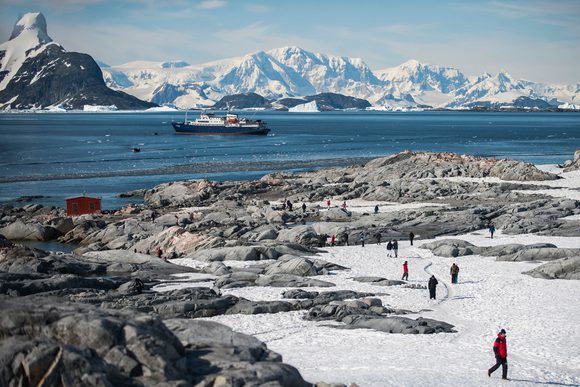
Snowshoe hikes...
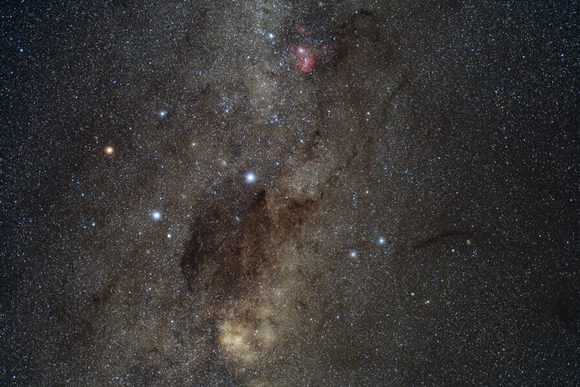
... And even sleeping under the stars
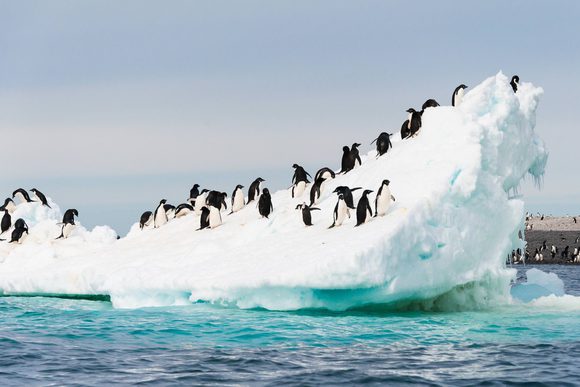
Of course, there are penguins galore...
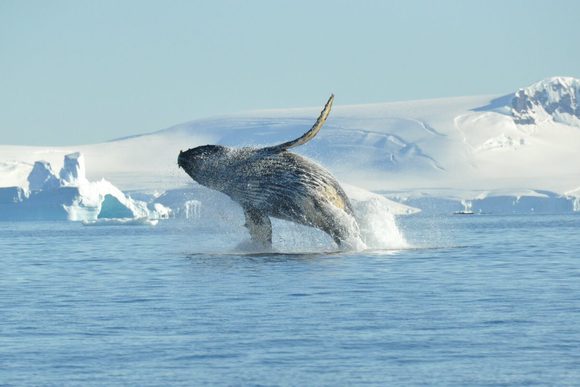
... And often whales in the water
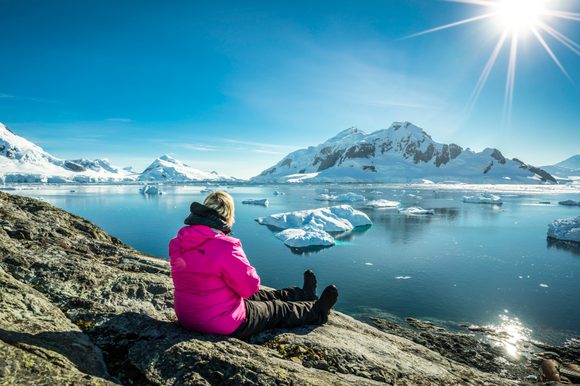
Please see below for more and get in touch for full details
Chile, Argentina & Antarctica Active Adventure
Typical Duration
Price From
Guide Price
Per person excluding international flights, based on two sharing a room.
The ultimate polar adventure - hike in the southern Andes and marvel at glaciers as high as your house before sailing for the penguin colonies, sculpted icebergs and snowy ridges of Antarctica, the last undiscovered wilderness.
- Active Antarctica cruise
- Torres del Paine
- Perito Moreno Glacier
- Fitz Roy Hikes
- Kayak past icebergs
- Incredible wildlife
- Sleep under the stars
- Estancia ranch stay
What's Included
Key Inclusions
12 nights Antarctica cruise
16 nights hotels
All breakfasts
All transfers, shared & private
3 x internal flights
15 x lunches
16 x dinners
Guided activities
Private Santiago city tour
4 x days shared excursions in Torres del Paine
Private transfers to/from Perito Moreno Glacier
Private guided hike around Mount Fitz Roy
7 x full-day shore & zodiac excursions in Antarctica
Private Buenos Aires city tour
5* Service
We have personally experienced & loved every aspect of this trip
Holiday Guide with advice, background information and recommendations
ABTOT / ATOL Financial protection
Local support throughout
24/7 emergency support
Industry-leading 160% carbon capture
Exclusive departure date
Please note: International travel & fuel for vehicle hire not included.
Itinerary
Chile, Argentina & Antarctica Active Adventure
Cookies must be enabled in order to view maps
Day 1
Arrive in Santiago de Chile
Day 2
Fly south to Patagonia
Day 3
Begin to explore Torres del Paine
Day 4
Walk up to a stellar viewpoint
Day 5
Combine short walks in one epic day
Day 6
Track pumas or hike to the towers
Day 7
Cross into Argentina
Day 8
Experience the Perito Moreno Glacier
Day 9
Follow Ruta 40 to El Chaltén
Day 10
Hike to the base of Mount Fitz Roy
Day 11
Hike towards Cerro Torre
Day 12
Travel to the end of South America
Day 13
Walk in Tierra del Fuego
Day 14
Set sail along the Beagle channel
Day 15
Cross the Drake passage
Day 16
Arrive to the South Shetland Islands
Day 17
Enjoy your first zodiac boat ride
Day 18
Get closer to wildlife
Day 19
Spend a night under the Austral stars
Day 20
Snowshoe up to a high ridge
Day 21
Discover the grand tales of Antarctic exploration
Day 22
Kayak close to icebergs and wildlife
Day 23
Continue to explore
Day 24
Start your return journey across Drake Passage
Day 25
Return to Patagonia
Day 26
Disembark and fly to Buenos Aires
Day 27
Discover Buenos Aires on and off the beaten path
Day 28
Head for home
Frequently Asked Questions
When is the best time to go?
What are the hotels like?
How active is this trip?
What activities can I do in Antarctica?
What does a day on board look like?
What might I not have thought of?
Can I tailor this trip to me?
Alternative trips you might enjoy
Your Pura Aventura holidays
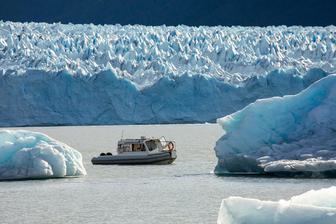
Exceptional Holidays
Best-in-class holidays & service - is what our clients say they love about our trips, as noted in the highest possible 5* Feefo Platinum Award.

Travel Positive
Travelling with one of the first UK travel companies to be certified B Corp means your holiday, according to Which?, meets "the highest standards of social and environmental performance".
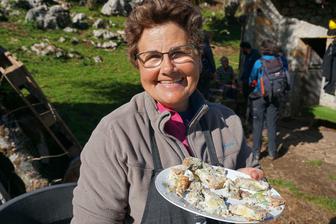
Beautifully Local
Holidays away from the crowds, crafted to give you a more authentic, local experience. Small-scale accommodation, exceptional guides & in-depth local knowledge.

